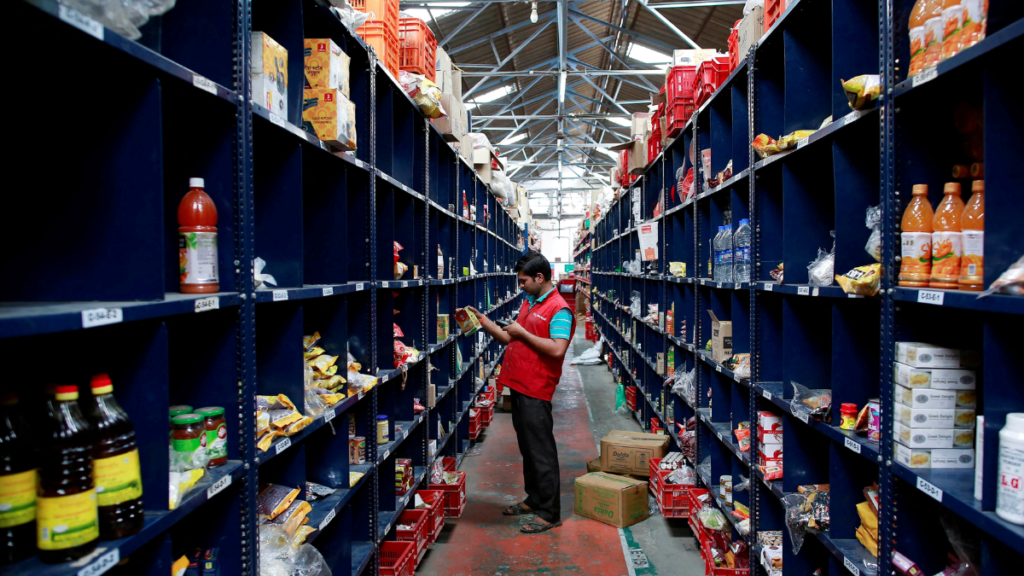Commerce Secretary Sunil Bhaswal on Tuesday said the regulatory framework to enable setting up and operating e-commerce export hubs will be ready by September.
“Meetings were held with various relevant departments, including revenue, to discuss the framework. Industry stakeholders also
The framework is part of the ministry's 100-day agenda and a few more meetings are expected to be held before details are finalised. Through these hubs, small producers will be able to sell to aggregators who will then find markets for them and sell to consumers and other businesses outside India.
The policy will have a framework for e-commerce export hubs and regulatory ecosystem. These hubs will be set up near airports and sea ports. The hubs will be set up by the industry and will not entail any financial involvement from the government. Products that have great potential for e-commerce exports include jewellery, apparel, handicrafts and ODOP (One District One Product). “The industry is not seeking financial assistance, it just needs a proper regulatory ecosystem including taxation and how returns should be handled. Returns should not be treated as imports,” Bhaswal said.
Critical to stimulating e-commerce exports are higher limits on individual packages, simplified rules for receiving payments, and allowing returned goods to be re-imported without paying customs duties. Foreign Trade Policy
E-commerce exports require flexibility in payment for shipments as selling prices in this medium fluctuate. Draft Foreign Exchange Management (Export and Import of Goods and Services) Regulations, 2024 announced by the Reserve Bank of India
Estimates suggest that e-commerce exports could reach $200-300 billion by 2030. Global e-commerce exports are expected to reach $2 trillion in 2030 from the current $800 billion.
India's exports through this channel are just about $5 billion a year, compared with China's $300 billion, but could grow to $50 billion to $100 billion in the next few years, Mr. Bhaswal said.






